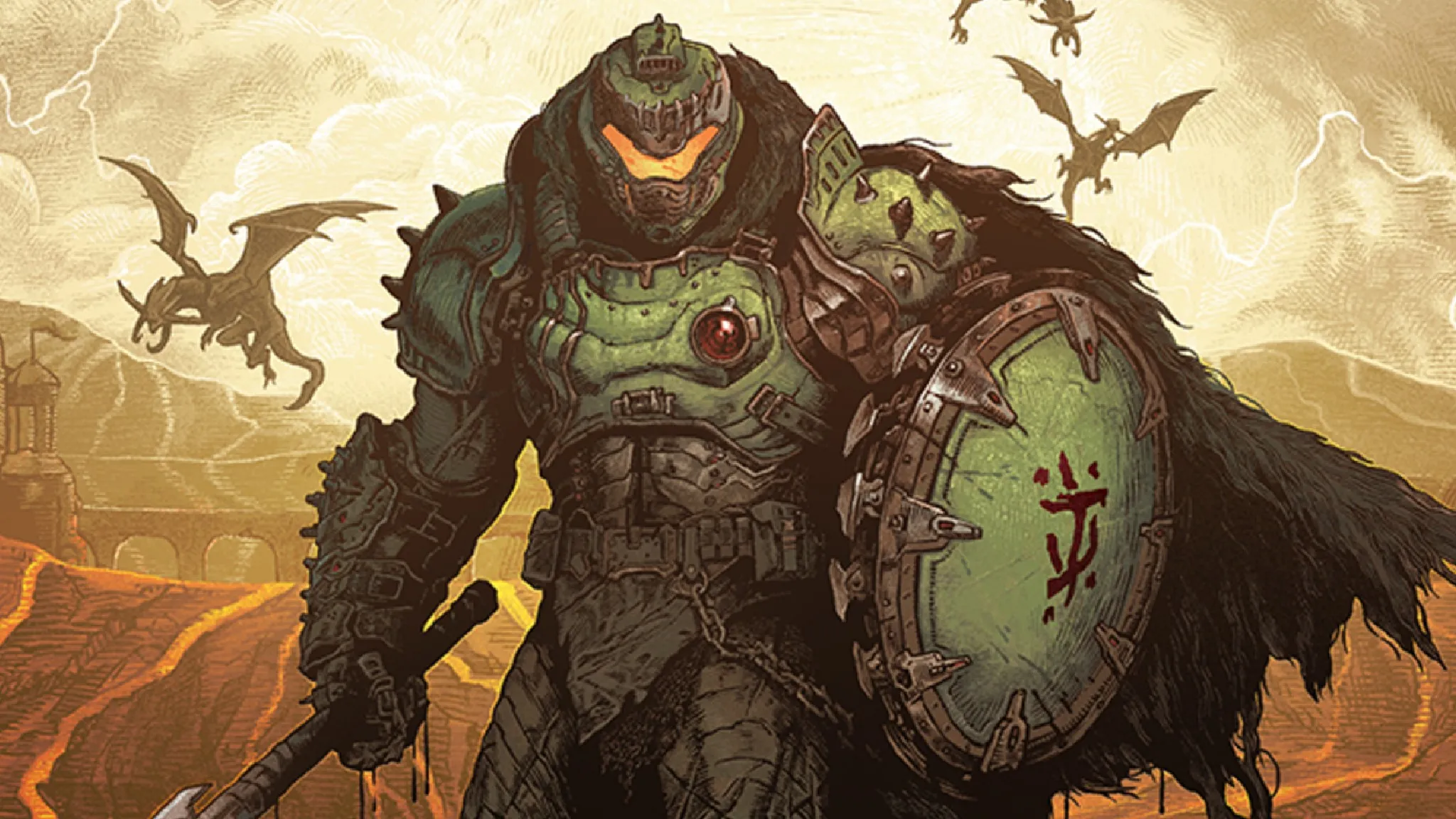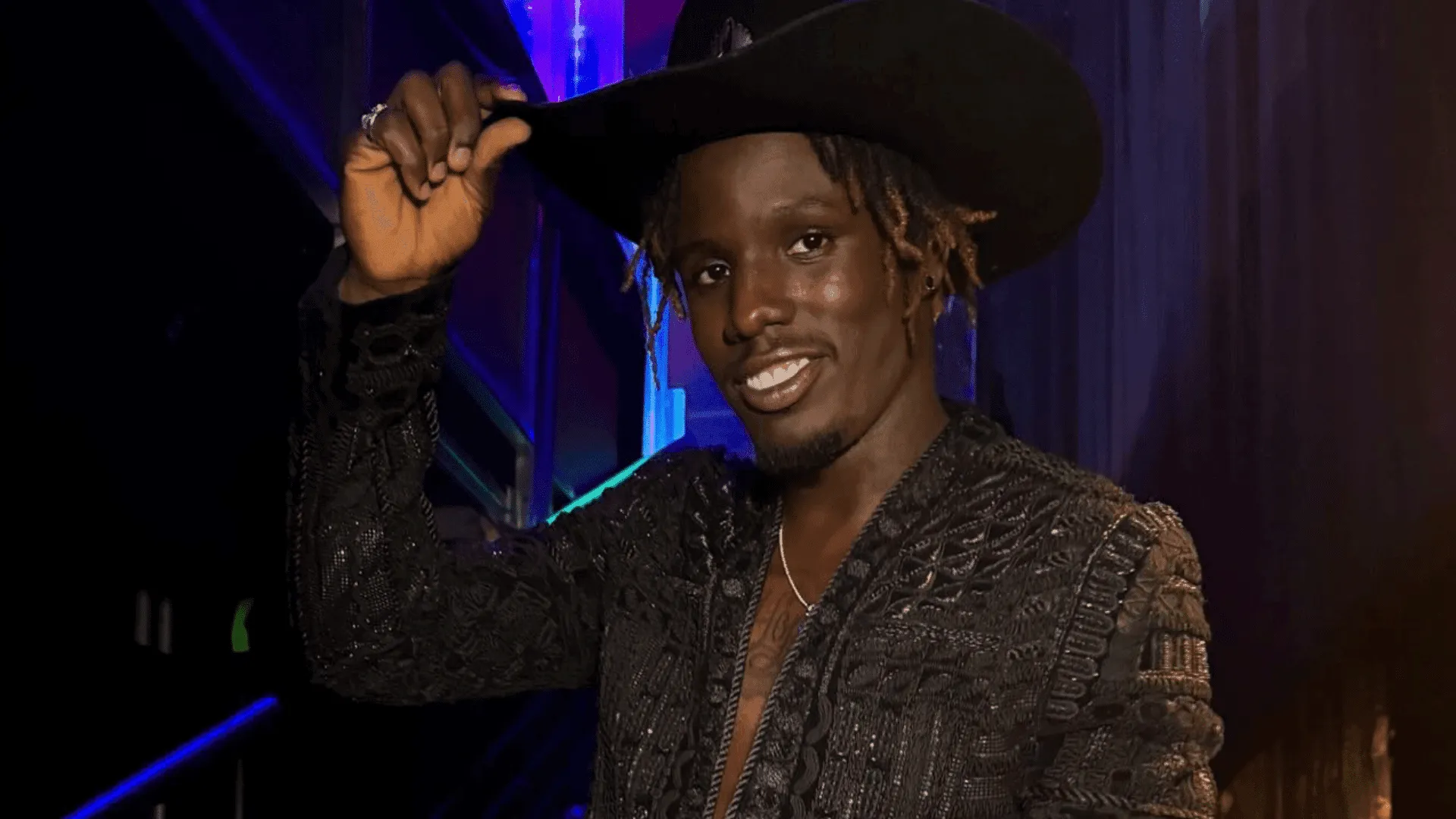The Punisher: Why This Controversial Symbol is Taking America by Storm
The Punisher, a character born from the pages of Marvel Comics, has become a polarizing symbol in contemporary American society. With a narrative steeped in themes of vigilante justice and moral ambiguity, the character resonates with many who feel disillusioned by the traditional legal system. As a result, the Punisher’s skull logo has gained traction among various groups, including law enforcement and military personnel, sparking intense debates about its implications and appropriateness in today’s world.
The Punisher first emerged in 1974 in “The Amazing Spider-Man” #129, created by writer Gerry Conway and artists John Romita Sr. and Roy Thomas. The character’s backstory revolves around Frank Castle, a Marine veteran whose family was brutally murdered by the mob. This tragedy propels him into a relentless war on crime, embodying a vigilante approach to justice that appeals to those who feel marginalized by conventional law enforcement.
In recent years, the Punisher’s skull logo has gained popularity among various groups, notably police and military personnel. Many view it as a symbol of their commitment to fighting crime and upholding justice. However, this adoption has stirred controversy, particularly after its appearance during events like the January 6 Capitol riot, leading to backlash and calls for a reevaluation of its place in society.
The character’s narrative reflects a broader societal discontent with the justice system, resonating with individuals who feel abandoned by traditional law enforcement. Critics argue that the Punisher’s symbol glorifies violence and promotes a dangerous ideology, while supporters see it as a representation of strength and resilience. This duality highlights the complexities of symbols in society, where meanings can shift dramatically based on context and usage.
Furthermore, the Punisher’s logo has been controversially adopted by extremist groups, complicating its public perception. The creator of the character, Gerry Conway, has expressed concern over the misuse of the symbol and has advocated for its reclamation from those who distort its original meaning. In response, Conway has launched initiatives to recontextualize the skull, incorporating themes from movements like Black Lives Matter to challenge its appropriation by far-right groups.
The ongoing debate surrounding the Punisher’s symbolism reflects deeper societal issues regarding law enforcement, justice, and the role of vigilante figures in American culture. As the character’s popularity surges in the context of social and political unrest, it serves as a focal point for discussions about morality and justice. The Punisher’s presence in popular culture, including television and film adaptations, has further contributed to its widespread recognition and the ongoing discourse surrounding its implications.
In conclusion, the Punisher’s skull logo stands at the intersection of vigilante justice and societal discontent. While some view it as a symbol of strength and resilience, others see it as a dangerous glorification of violence. As America grapples with issues of justice, authority, and morality, the ongoing controversy surrounding the Punisher highlights the complexities of symbols in society, where interpretations can vary widely based on context and usage. The future of the Punisher as a symbol will likely depend on the ongoing conversations about justice and the role of individuals in shaping societal norms.






Leave a Comment